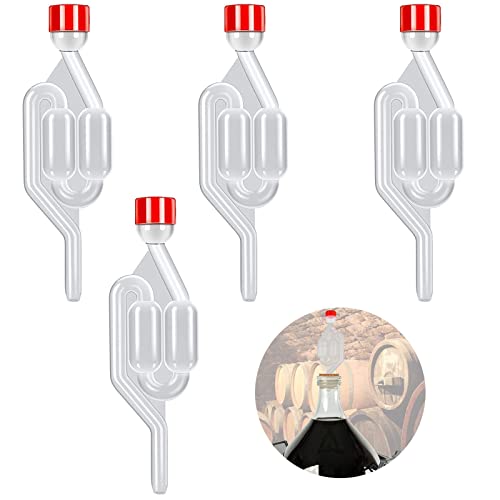You've made a couple of interesting points there.....As I understand it, Calcium in the mash has at least this list of benefits (to which there may be additional benefits):
1) Stabilizes the Alpha Amylase enzyme so it does not get degraded as rapidly at mash temperature.
2) Precipitates malt oxalates in the mash that may lead to downstream haze issues and potentially even bottle gushers (if not precipitated in the mash).
3) Liberates H+ from malt phosphates and thereby lowers mash pH.
One big difference that I see between US and UK home brewing is that in the US we tend to presume that around 50 mg/L of Ca++ ions is generally sufficient in the mash, whereas in the UK the perception (or rather, my perception) is that it may be more like 100-150 mg/L as the desired range for Ca++ ions. That plus we don't have CRS/AMS here, and this is perhaps because (IPA's excluded) we don't typically target as much chloride or sulfate in our beers. And lastly in the USA we generally advise to not add magnesium, or at least to keep it on the very low ppm side, with the perception that the only thing it can contribute is an undesirably nasty/bitter flavor. I doubt if there are any hard and fast rights or wrongs here. Our differences in approach may stem from a more German influence to US brewing. ???
(By the way I've only been brewing about a year, and only very recently started to dabble in water treatment so I am far from an authority on this!)
Up until recently I've been using bottled water (soft, low in all minerals etc) for my brewing. One thing I've generally struggled with is chill haze - my beers that should be clear are cloudy and the ones that should be cloudy are clear!!!

Now recently I changed my process to stop transferring all the crud, sludge, hops, gunk and hot & cold break from the bottom of the kettle to the FV - all in a bid to combat chill haze. However - at the same time I also switched to tap water as I want to reduce plastic waste.
Now it's still a little early to tell, but if I had to choose I'd say my beers are clearer now and I'm getting less chill haze. But one thing I'm not certain of is whether this is due to my process change or is it down to the water (I have very hard water, Alkalinity ~250-280ppm CaCO3 and Ca ~140ppm measured with Salifert test kits)? I had already read something somewhere hinting that Calcium somehow helps reduce chill haze. Who knows.....
Regarding German influence to US brewing - I wonder if some of it is just down to good fortune in that when these folks settled in the US the water profiles they found just happened to be similar to in Germany? By the way, in a recent Basic Brewing Radio episode (October 10, 2019) Maureen Ogle talked a little about how and why these folks arrived in a pro-prohibition US and started brewing - very interesting.....
Regarding CRS - I have a bottle of it, but only used it once so far. I was using lactic acid but after some questionable flavour issues I plan to use CRS from now on. The bottle (or the Brupaks website!) does not say exactly what/how-much hydrochloric/sulphuric acid is in it but the Brewer's Friend Water Calculator lists it as 6.3% HCl / 8.6% H2SO4. Based on this, where I was using 5ml lactic acid 80% to treat 15L tap water, I now need ~17.5ml CRS to treat the same volume - though as I commented recently, once I understood what was in it I now know that CRS also adds chloride and sulphate ions.





![BREWING THERMOMETER STICKERS ACCURATELY MONITOR FERMENTING BEER & WINE LIQUID TEMPERATURES 5PCS HOME BREW SPIRITS WINE LCD ADHESIVE [US]](https://m.media-amazon.com/images/I/311DDjo2X3L._SL500_.jpg)





































